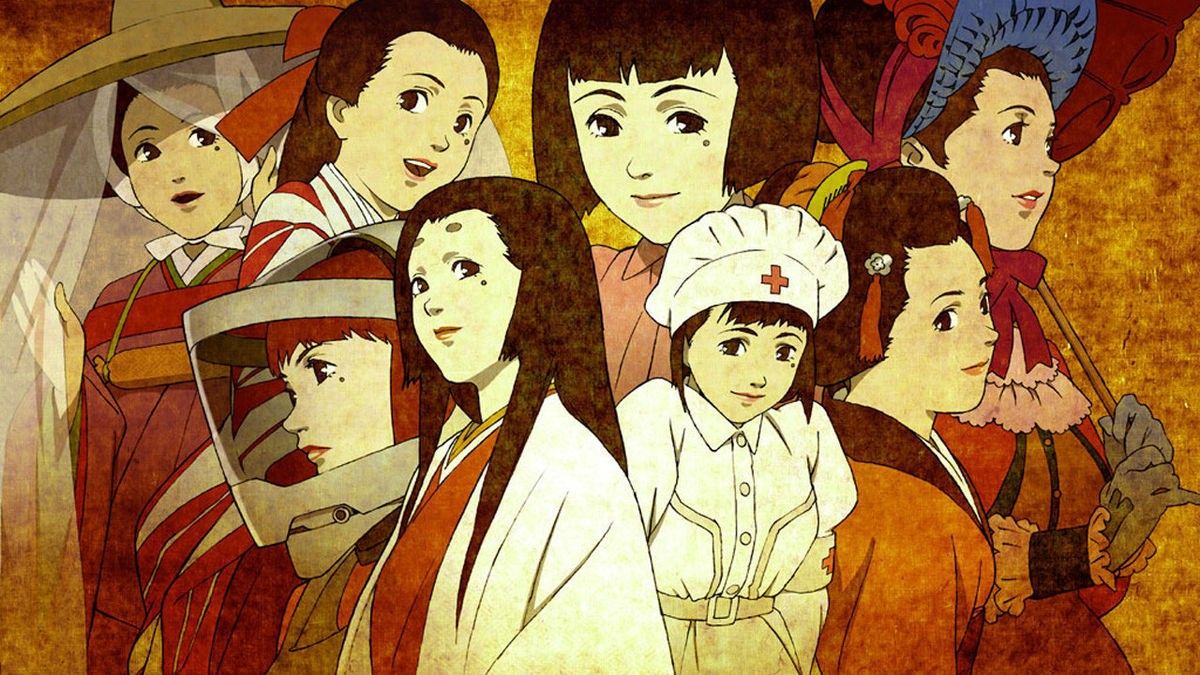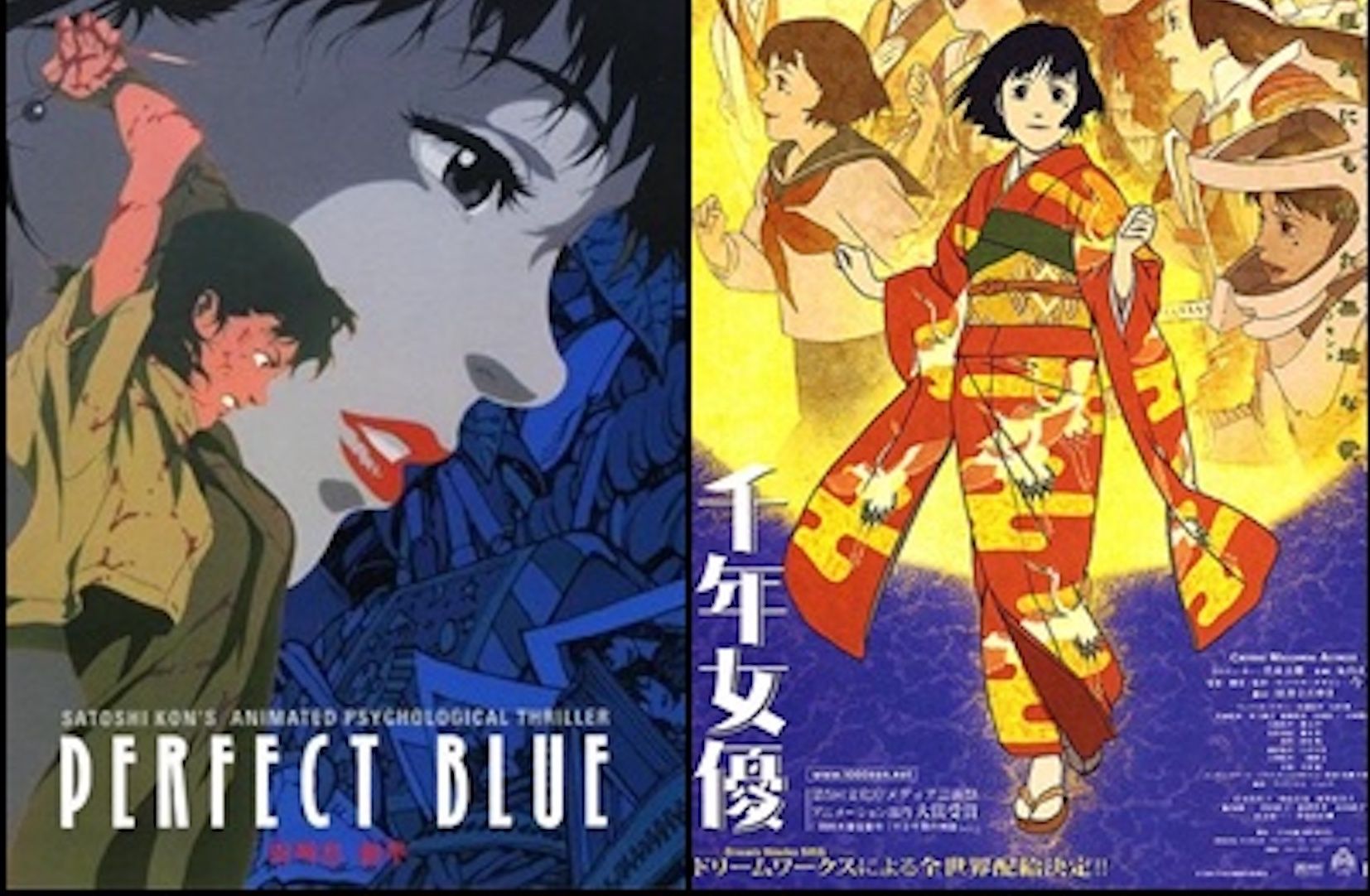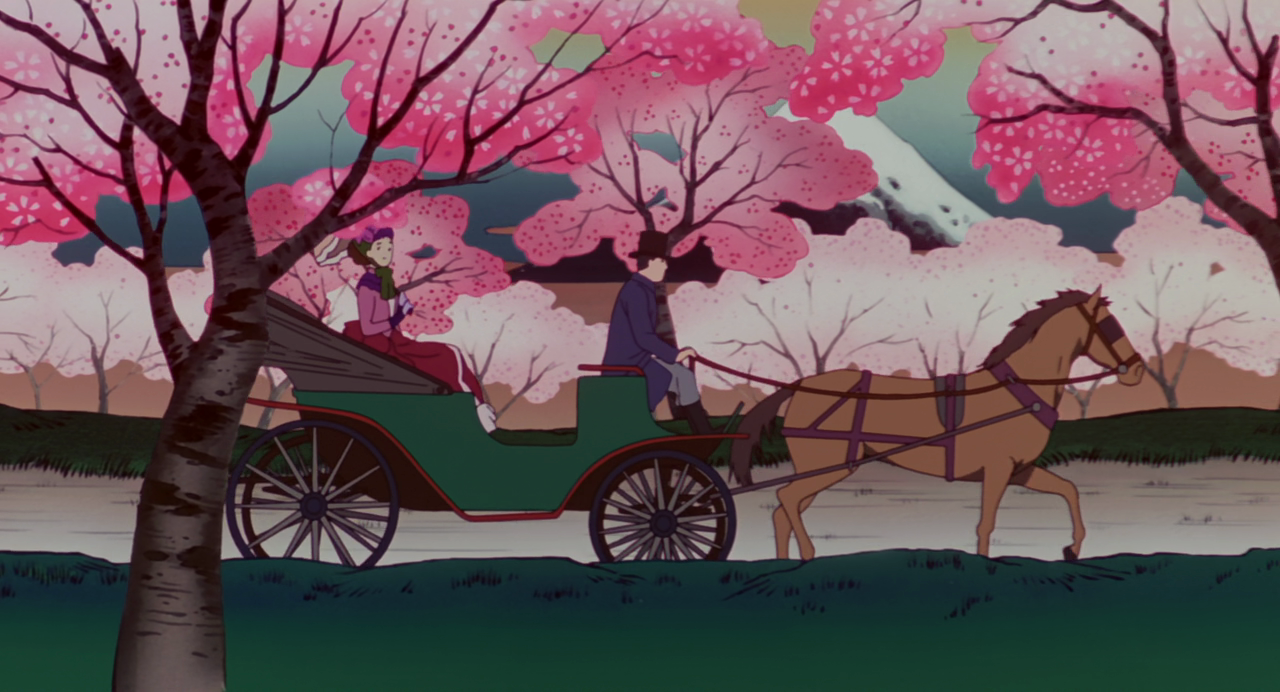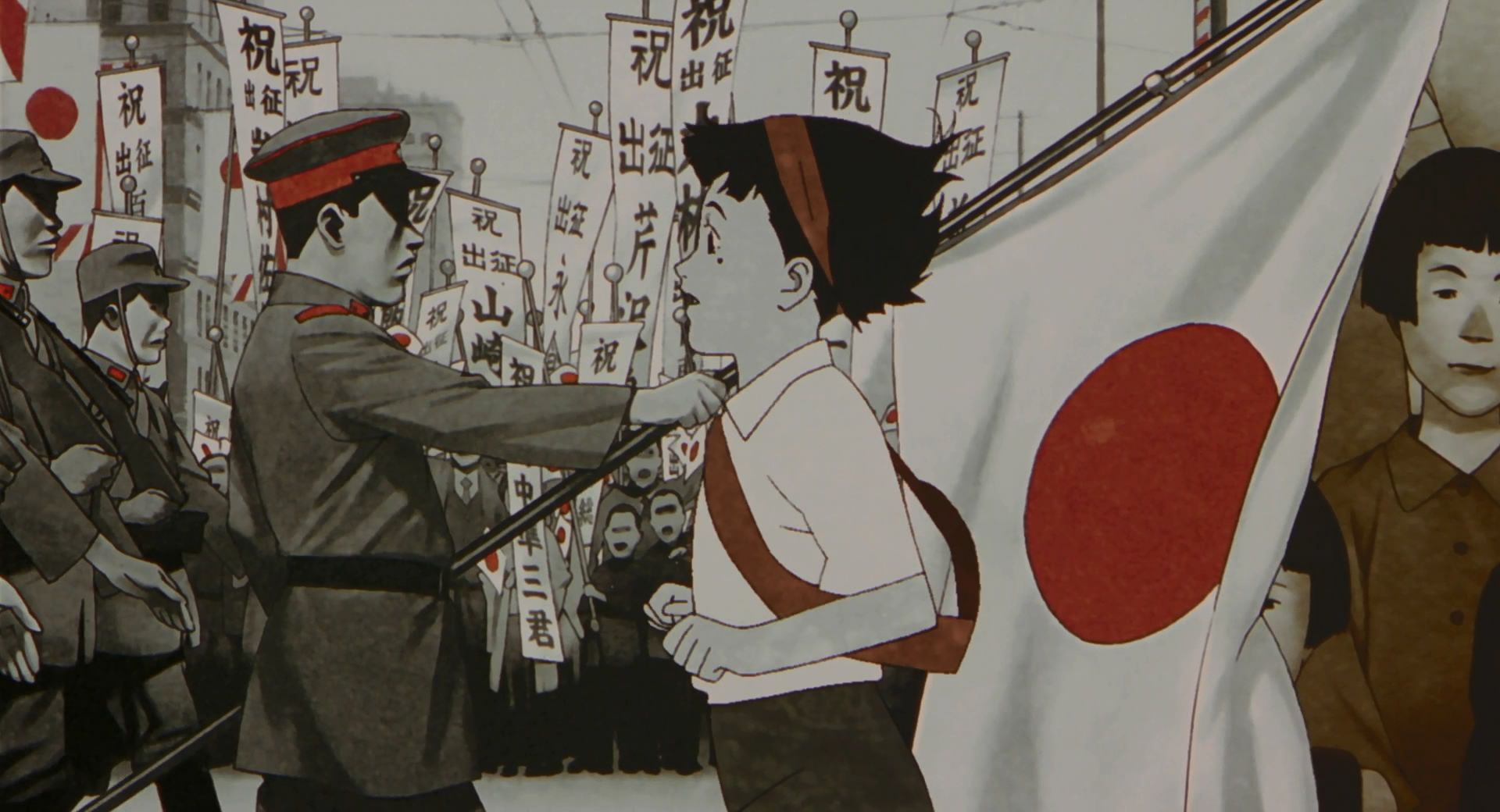Millennium Actress, the 2001 film by the late anime auteur Satoshi Kon, is about a documentary crew interviewing the legendary actress Chiyoko Fujiwara, loosely inspired by real-life stars Setsuko Hara and Hideko Takamine. As Chiyoko talks to the filmmakers about her life story and her quest to find her long-lost love, her telling blends together with scenes from her movies. It's one of those masterpieces that's been under-seen, largely because it's been under-available. DreamWorks released the film in six U.S. theaters in 2003. There was no English dub, and the DVDs fell out of print. In the last decade, it's popped on streaming services (Paramount's YouTube channel, TubiTV, now Amazon Prime) sporadically and randomly, with no Blu-ray release stateside.
Now Eleven Arts has acquired the license, and is bringing the film back for a much wider North American theatrical release as a series of Fathom Events. The subtitled version played on Aug. 13, and a brand new dub will play on Aug. 19. Revisiting the film for the first time in a long time, here are some reasons Millennium Actress holds up as a masterpiece.
THE OPPOSITE OF PERFECT BLUE
Millennium Actress was Satoshi Kon's follow-up to Perfect Blue, a psychological horror film probably best known outside of anime fandom as the movie Darren Aronofsky keeps ripping off. While Kon's fingerprints are obvious on both films, Millennium Actress was decidedly not the follow-up people were expecting. The two features are about the lives of actresses as interpreted through shifting perspectives and a blurring of fantasy and reality, but Millennium Actress's approach to the subject matter is loving and life-affirming while Perfect Blue's was twisted and disturbing.
In Perfect Blue, the ambiguity of what's real and what's imaginary simulates the feeling of losing one's mind. Millennium Actress' fantasy-reality blending is easier to follow, and more reflective of the ways one might choose to shape personal narratives. Also divergent is their portrayal of fans. Perfect Blue's Me-Mania foretold just what the evolution of "toxic fandom" in the internet age would look like. Millennium Actress' Genya, in contrast, shows the more positive and productive side of being a fan.
THE BEST EDITING IN ANIMATION
Satoshi Kon told stories that, with the exception of Paprika, could have been feasibly told in live-action. He used the medium of animation so well, however, that you'd never want to see his films directly remade in live-action. His greatest skill was in his use of editing.
If Millennium Actress shows its age anywhere, it's in the animation itself. It was one of the last films mostly painted on traditional cels, and while the hand-painted aesthetic is appealing and fitting for the material, this was Kon's lowest-budgeted film and it shows in the relative stiffness of much of the movement. What is still practically unmatched, however, is the way Millennium Actress uses the freedom of animation to seamlessly transition between different eras and genres.
RECKONING WITH HISTORICAL SINS
In 2013, Hayao Miyazaki's The Wind Rises attracted controversy on both sides of the Pacific for opposing reasons. Many American critics felt the film was overly forgiving of its protagonist Jiro Horikoshi, a historical figure who, however well-meaning, was complicit in Japanese war crimes. Right-wing Japanese critics, in contrast, took issue with the film's acknowledgment of such war crimes at all. The documentary The Kingdom of Dreams and Madness revealed that Miyazaki originally intended the film as a harsher condemnation, but was pressured to soften it due to the fear of right-wing backlash.
Perhaps it's because it was a smaller production flying under the radar, or perhaps it's because the political atmosphere in 2001 was much different than in 2013, but Millennium Actress pulls off a more intense reckoning with Japan's past national sins in just a few scenes than The Wind Rises does in its entire runtime. While the focus of the film is less on politics and more on the general melodrama of Chiyoko searching for her lost lover, the way the story comes to its resolution could not be a sharper condemnation of fascist imperialism. One unnamed supporting character, an elderly policeman now living with the guilt of wartime-era crimes, proves particularly fascinating in looking at the ways post-war Japan moved on from its past. The political issues add a sharper edge to the film's sentimentality, and watching the film in 2019, as far-right movements are once again emerging worldwide, the story is all the more emotional.




